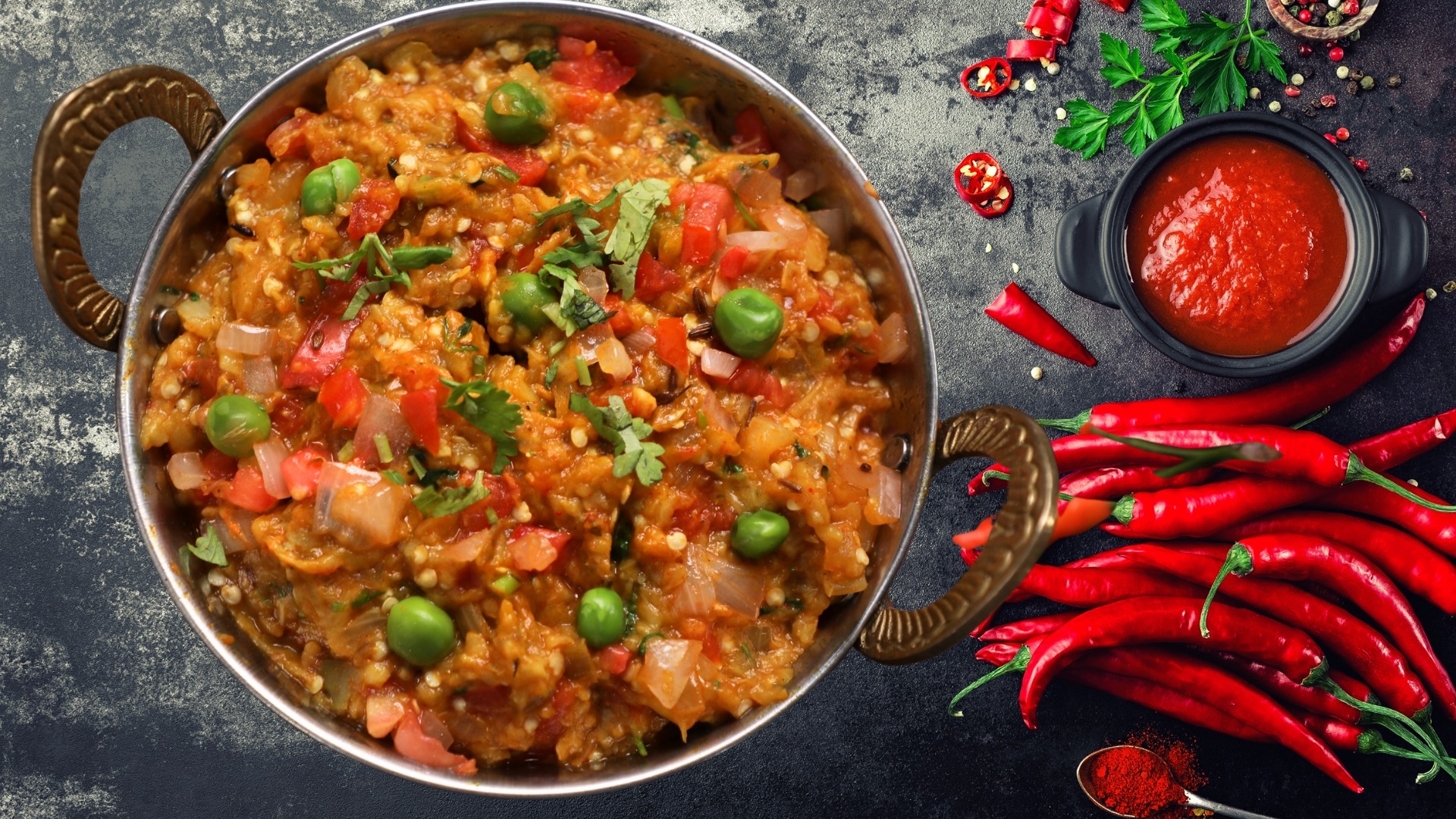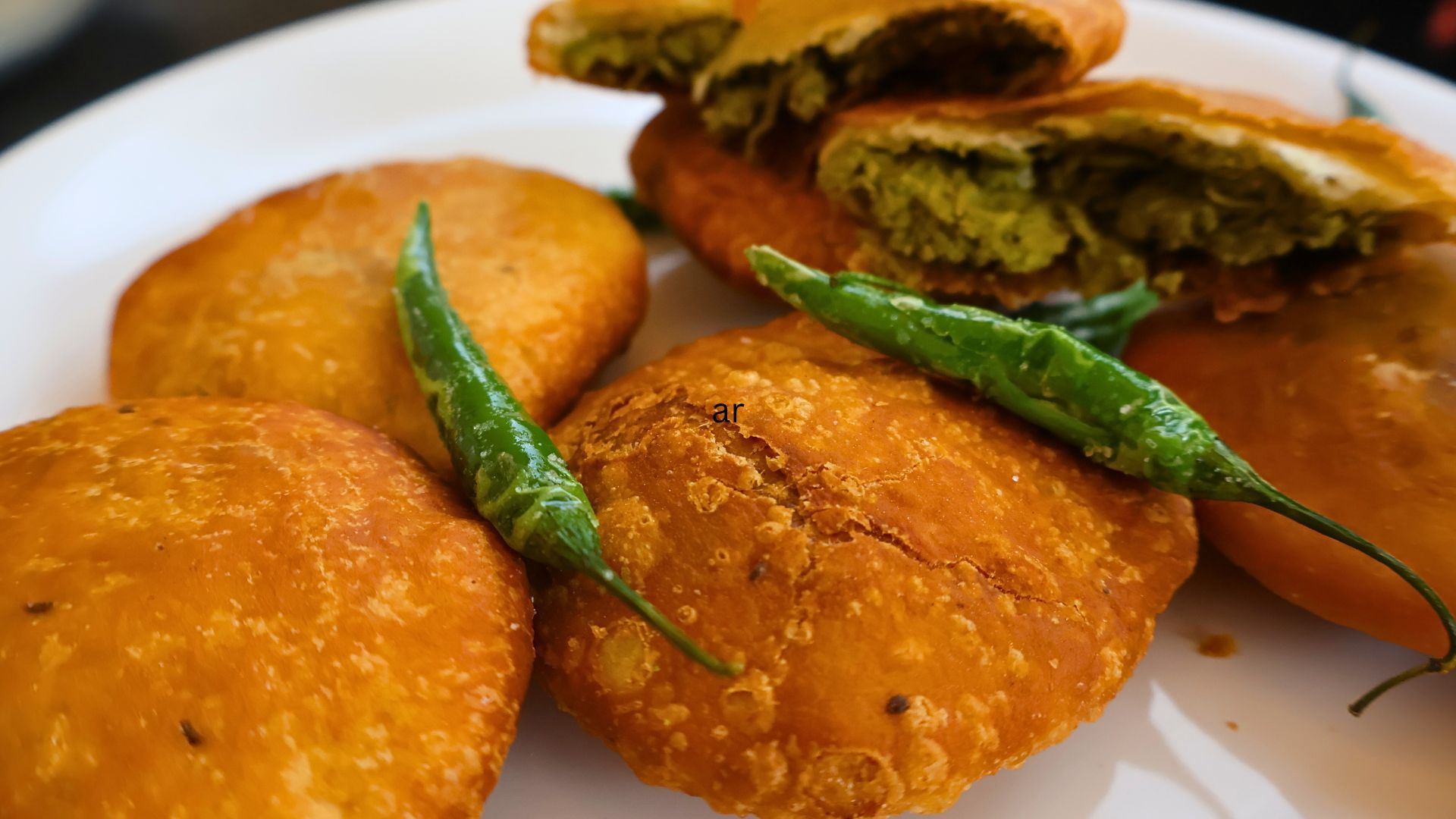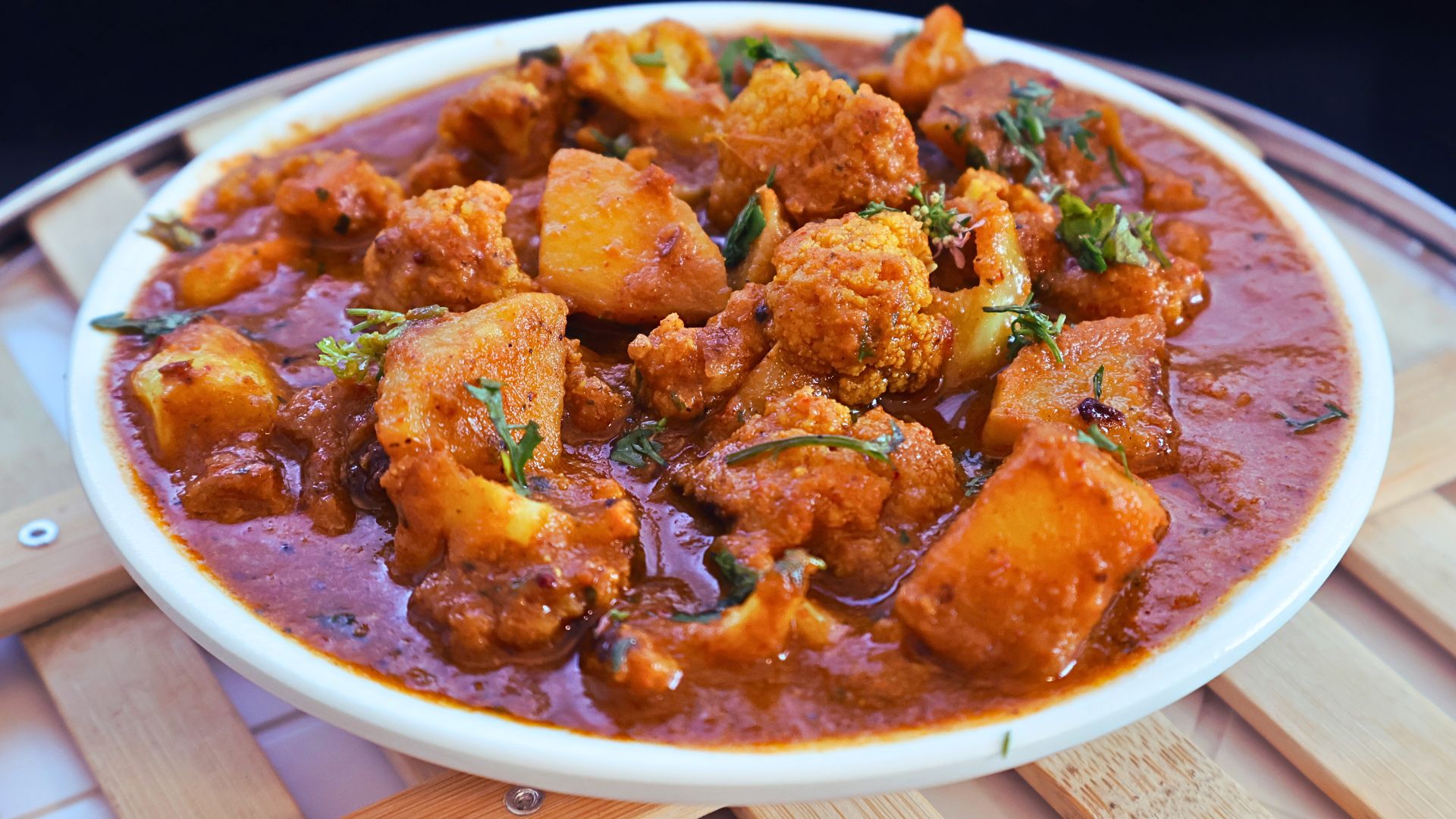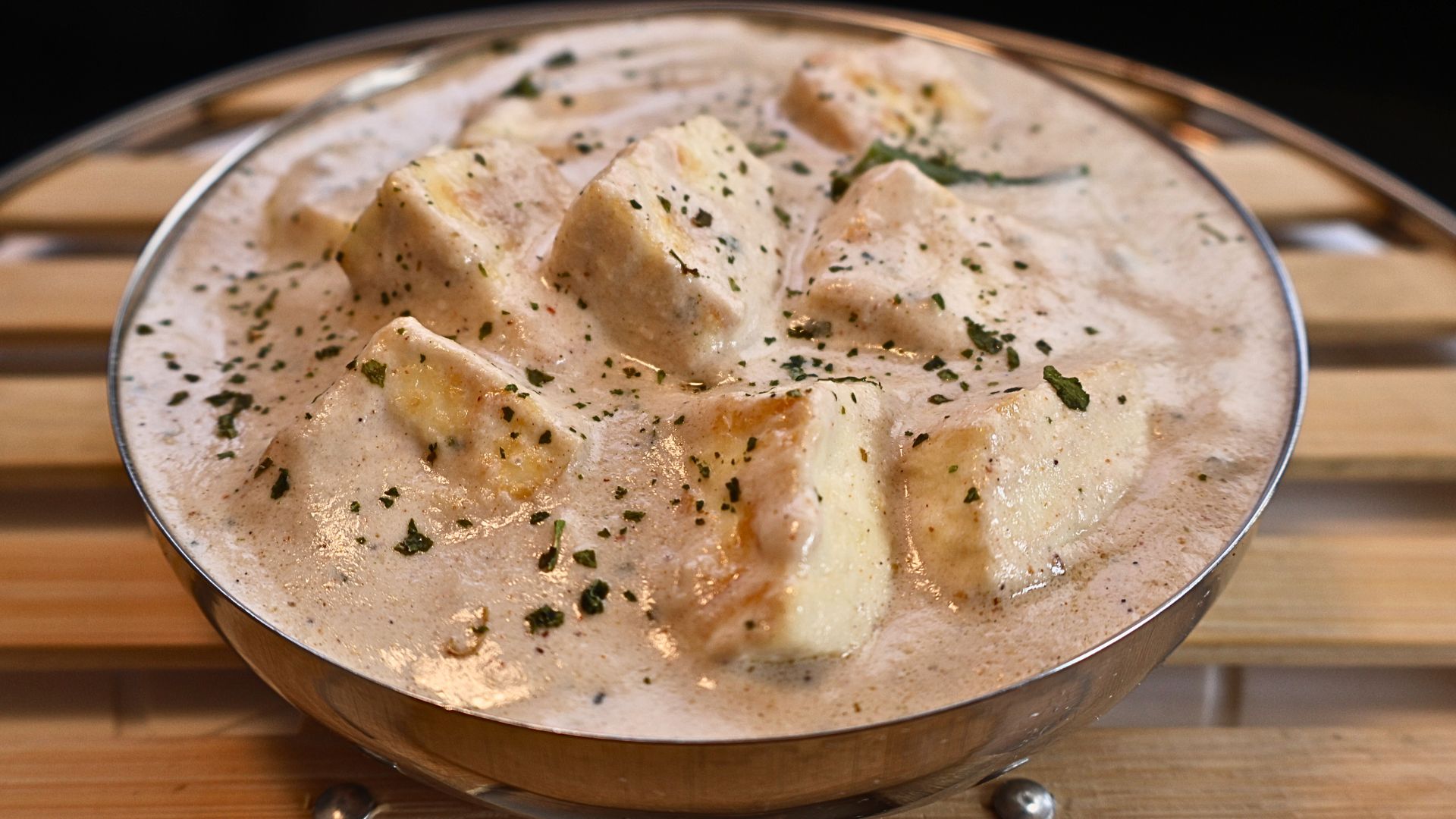Koshimbir: The Ultimate Maharashtrian Salad Recipe
If you’ve ever savored a Maharashtrian thali, chances are you’ve been introduced to Koshimbir—a vibrant, tangy, and refreshing salad that’s so much more than a side dish. Rooted deeply in Maharashtrian culinary traditions, Koshimbir is often the quiet hero that balances out the spiciness and richness of the main dishes with its cool, crisp, and lightly spiced profile. Koshimbir is essentially a simple, quick salad that brings together fresh vegetables, curd (yogurt), and a crackling tempering of mustard seeds and curry leaves. It’s a dish that reflects the wisdom of Indian cooking—using raw, wholesome ingredients, enhancing natural flavors with just the right seasoning, and packing in nutrition without sacrificing taste. Whether it’s a festive spread or a humble daily meal, a bowl of Koshimbir is a must on every Maharashtrian dining table. More than just food, Koshimbir is tradition served on a plate. It’s one of those versatile dishes that gets better the more you personalize it. Want to keep it light and crunchy? Stick with cucumber, carrot and onions. Craving a creamy kick? Add curd to it. Looking to level up your salad game? Toss in some roasted peanuts or sprouted moong dal. The possibilities are endless, yet every variation carries the unmistakable essence of home-cooked Maharashtrian goodness. In this guide, we’ll walk you through everything you need to know—from the ingredients to variations, tips for perfection, and even a bit of history behind this humble but mighty dish. Ingredients At its core, Koshimbir is all about fresh, raw ingredients coming together in perfect harmony. Let’s break down the classic recipe before exploring optional upgrades that can add extra flair. Basic Ingredients: For Tempering (Tadka): Optional Additions: The beauty of Koshimbir is that it can be customized with whatever vegetables or flavor profiles you prefer. But the classic cucumber version with a hint of curd, spice, and crunch is an unbeatable favorite. Step-by-Step Recipe Making Koshimbir is a delightful process because it’s quick, easy, and doesn’t require any fancy gadgets or complicated techniques. Here’s how to make it like a pro. Step 1: Prep the Vegetables Step 2: Prepare the Salad Step 3: The Tadka (Tempering) This is where the real magic happens. The tempering adds a burst of flavor and aroma that elevates the dish instantly. Step 4: Final Touch And there you have it—your Koshimbir is ready to impress! Tips for Perfection Koshimbir might look simple, but like any classic recipe, there are small secrets that can make a big difference. 1. Don’t Overdo the Curd Too much curd can turn the salad into raita. Use just enough to bind the vegetables together. The goal is light creaminess, not a bowl of yogurt soup. 2. Drain Excess Moisture Especially if you’re using juicy veggies like tomatoes or cucumber, squeeze out a bit of water before mixing. This helps keep the salad crisp rather than watery. 3. Always Add Tadka Just Before Serving The tadka is best when it’s hot and fresh—it brings out the aroma of the spices and adds a punch. If you’re making the salad in advance, save the tadka for the last minute. 4. Grated vs. Chopped Debate Grated cucumber gives a more unified texture and helps the curd bind better, while chopped cucumber gives more bite. Choose based on your preference or mix both for the best of both worlds. 5. Balance is Key A pinch of sugar, and the right amount of salt can make all the difference. The key to a great koshimbir is balancing the salty, spicy, tangy, and sweet notes. Serving Suggestions Koshimbir might be a salad, but don’t be fooled by its simplicity—it’s an essential part of the Maharashtrian thali and elevates the meal with its freshness. Here’s how and when to serve it for maximum impact. Pairing It Right Traditionally, Koshimbir is served as a side in a full Maharashtrian thali, which often includes chapatis, bhakri (millet flatbread), varan (lentil curry), amti (spicy-sour dal), vegetable sabzis, papad, and rice. It balances out the richness and spice with its cool, creamy texture and fresh crunch. In fact, many would argue that a thali feels incomplete without it. If you’re having spicy dishes like bharli vangi (stuffed eggplant) or misal pav, a spoonful of Koshimbir can be just the thing to soothe your palate between bites. It also pairs beautifully with puran poli during festive feasts, acting as a savory counterpart to the sweet dish. Festive and Daily Use While it’s a must in festive thalis—like during Gudi Padwa, Ganesh Chaturthi, or weddings—Koshimbir is also a staple in everyday meals in Maharashtrian homes. It’s one of those dishes that takes just 10 minutes to prepare but adds a burst of flavor and nutrition to a simple lunch or dinner. Modern Twists You can even serve Koshimbir as a standalone healthy snack or a light lunch. Add some roasted peanuts or sprouts, skip the curd if you’re packing it for a lunchbox, and you’ve got a protein-rich, low-calorie meal. Presentation Matters To impress guests, serve Koshimbir in small clay bowls or leaf bowls (donas) for an authentic touch. Garnish with coriander and a sprinkle of red chili powder or cumin powder for a vibrant look. In short, whether it’s a wedding, a festival, or just a Wednesday lunch, there’s always a place for Koshimbir on the table. Common Mistakes to Avoid Despite its apparent simplicity, Koshimbir can go wrong if you miss a few important details. Here are the common mistakes you should steer clear of to make sure your salad turns out just right every single time. 1. Adding Too Much Water-Rich Vegetables Without Draining Cucumbers and tomatoes release a lot of water. If you add them directly without draining, especially before serving time, the Koshimbir becomes soggy. Always grate or chop just before preparing, and lightly squeeze the excess moisture if you’re prepping in advance. 2. Using Sour or Runny Curd The curd is the backbone of creamy Koshimbir. Using sour curd can overpower the fresh vegetable … Read more










